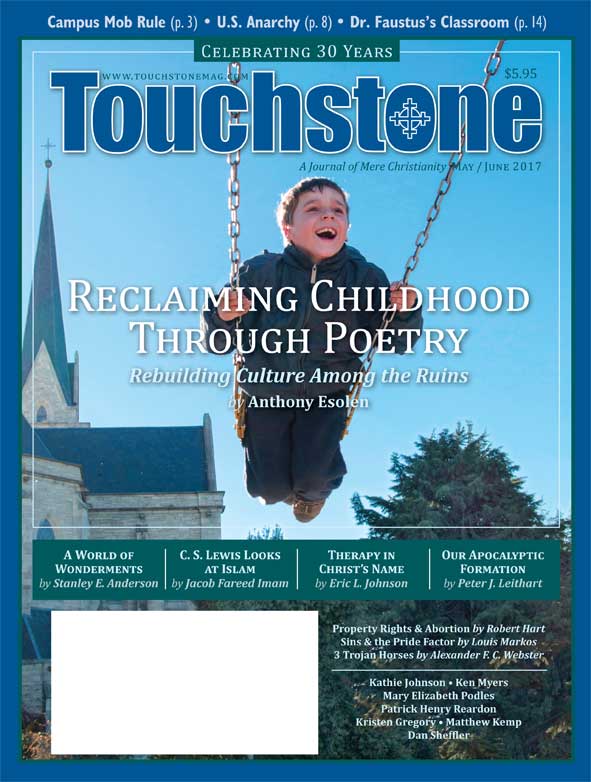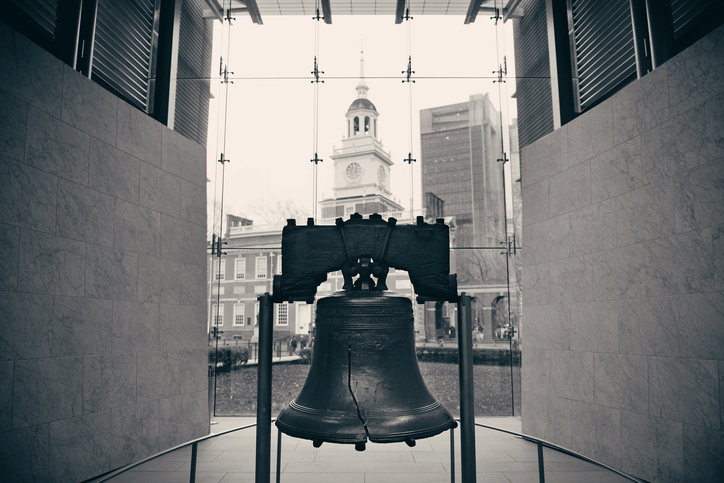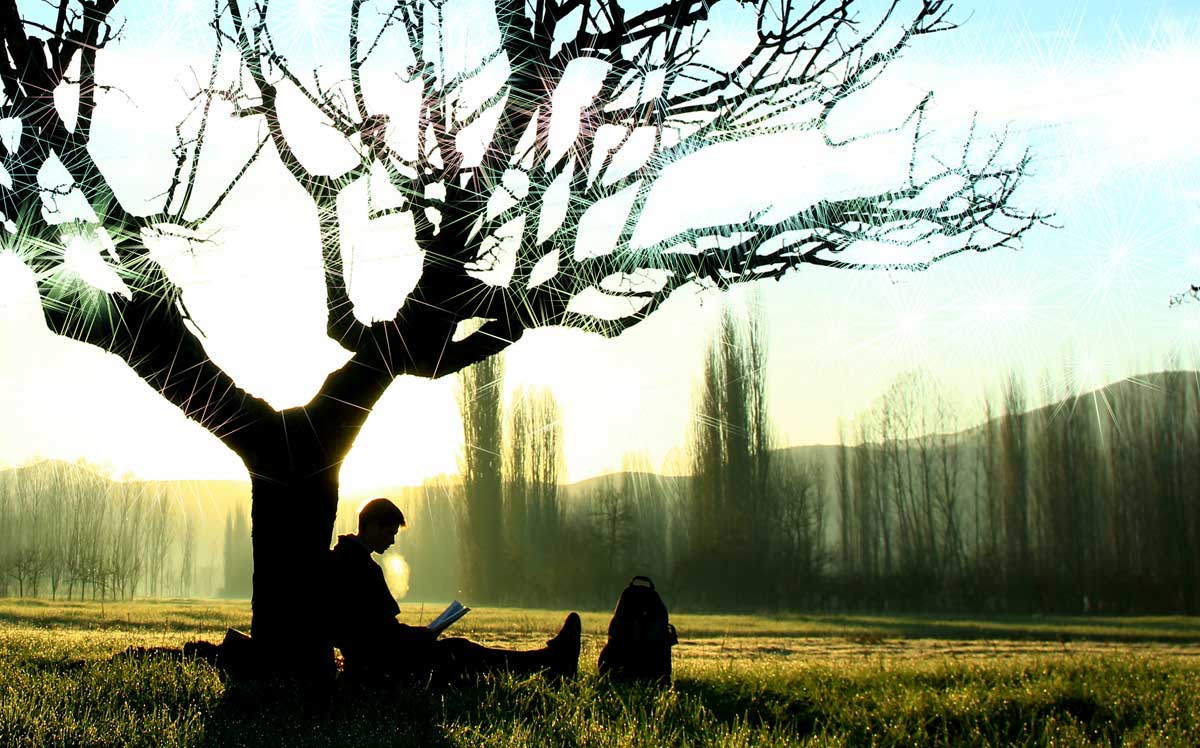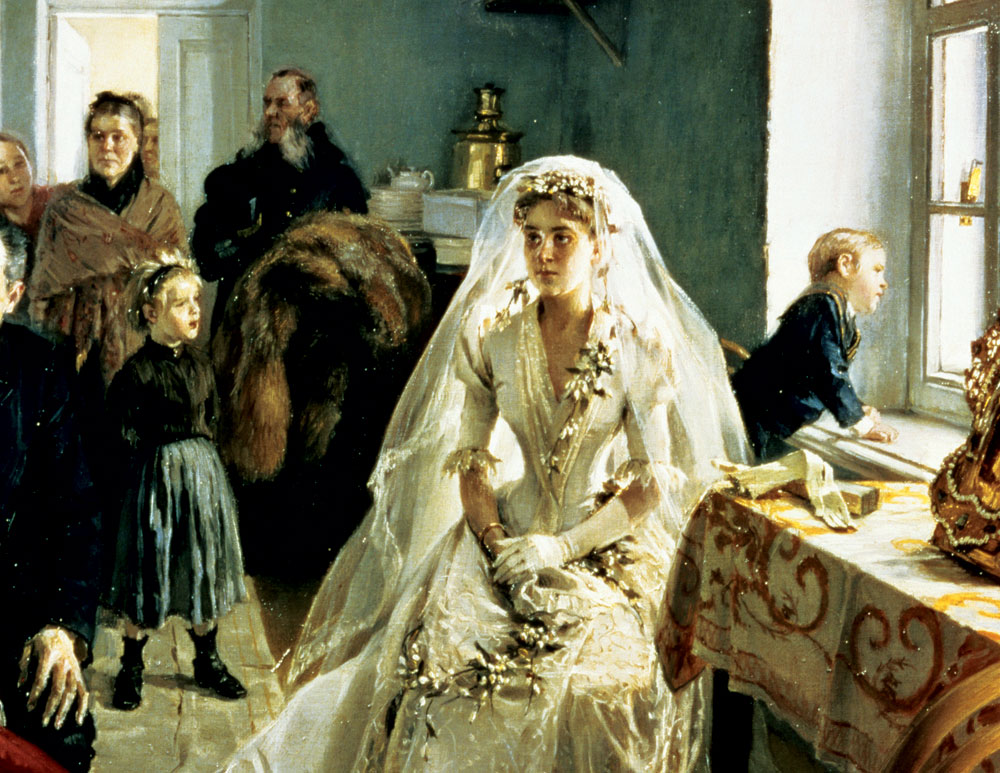First Books
American History in Pictures
by Kathie Johnson
The next area of children's books I plan to review is historical fiction. This is a great way to get kids interested in history itself. When children hear about people from a different time, they begin to wonder about their lives and what was happening around them. Since there is too much material to cover in one column, I am starting with fiction set in America and am limiting myself to picture books (which means more pictures than words).
Beginning with Native Americans, there is a nice series called Tales of the Native Americans by Neil and Ting Morris. Richly illustrated, each book introduces a child from a particular tribal culture. At the end are notes about that culture. For example, in Taku and the Fishing Canoe, a Haida boy and his sister from the northwest go out in a canoe and run into danger when a storm comes up.
Virginia Driving Hawk Sneve has put together a nice collection of short poems from various Native American tribes, called Dancing Tepees. Thomas Locker has done a book with lovely paintings about Woodland Indians and what happens when settlers come—and when they leave again: The Land of the Gray Wolf.
Colonial Times & the Revolution
For Colonial times, a good starting place would be with any of the several books by Kate Waters, including On the Mayflower and Samuel Eaton's Day. The bright photographs used in these books were taken at Plymouth Plantation. Homespun Sarah, by Verla Kay, shows a family hard at work at the everyday activities that need to be done to supply the necessities of life, with a nice surprise at the end. A popular series set in colonial Nantucket, by Brinton Turkle, relates the adventures of a boy named Obadiah. In the first book, Thy Friend, Obadiah, Obadiah is befriended by a seagull that he has mixed feelings about. Arnold Lobel has written an amusing story about early New York (or New Amsterdam): On the Day Peter Stuyvesant Sailed into Town. It gives you an idea of what Manhattan Island looked like a long time ago.
For the American Revolution, Buttons for General Washington, by Peter and Connie Roop, tells the story of a boy who acts as a spy by using buttons with coded messages. Three I Can Read books fit here: Doreen Rappaport's The Boston Coffee Party, in which women confront a merchant hoarding coffee and sugar; Sally Walker's The 18 Penny Goose, about a girl whose family must leave their home ahead of a battle and who worries about her favorite goose left behind; and Janette Sebring Lowrey's Six Silver Spoons, the story of two girls who are on a journey to meet their mother with a precious gift and end up being confronted by British soldiers.
The Civil War & the Black Experience
For the Civil War, there is Cecil's Story, by George Ella Lyon, with lovely paintings by Peter Catalanotto. A boy imagines what is happening to his dad, who is off fighting, and remembers happy times with him. Ann Turner's Drummer Boy is a beautiful but difficult story about a boy who drums for the Union Army and sees many distressing things. Lucy's Cave, by Karen Winnick, tells the story of the Union attack on Vicksburg, Mississippi, and how the local people survived the siege by living in a cave.
There are some lovely books dealing with the African-American experience. In The Escape of Oney Judge, Emily Arnold McCully tells the story of a personal slave of Martha Washington's, who learns that there are free black people. Although she is treated kindly by Martha, her future is uncertain, and when given an opportunity, she escapes.
Most stories for this level are about the Underground Railroad. Under the Quilt of Night, by Deborah Hopkinson, tells of a young girl and her family escaping slavery by this means. F. N. Monjo has written The Drinking Gourd for the I Can Read series, which tells of a family who hides slaves under hay in their wagon. Tony Johnston's The Wagon tells of a slave family, including a boy who grows up during the Civil War and experiences emancipation.
Westward Expansion
The subjects of living on the frontier and moving west are especially rich with picture books. This is a subject that is too often overlooked, and is a great way to understand what America is all about.
Aurora Means Dawn, by Scott Russell Sanders, tells the story of a family who leaves Connecticut to move to Ohio and the hardships they endure. Another book by the same author is The Floating House, in which a family floats down the Ohio River on a flatboat from Pittsburgh to Indiana. In Dakota Dugout, by Ann Turner, a mother tells her daughter what it was like to live in a dugout before the land was more settled. Barbara Cooney's Only Opal is the diary of an orphan girl adopted by an Oregon family in frontier times. Berchick, by Esther Silverstein Blanc, tells the story of a Jewish homesteading family in Wisconsin and a special horse.
Dandelions, by Eve Bunting, is about a family that has left well-settled Illinois to move to Nebraska Territory, where they build a sod house. The mom has trouble adjusting until the girls find some dandelions and plant them on the roof. Buffalo Thunder, by Patricia Wittmann, tells of a family moving west in a wagon train on the Oregon Trail and seeing a buffalo stampede. Eleanor Coerr writes in The Josefina Story Quilt (another I Can Read book) about a girl traveling west and her pesky hen (and quilt). There is even a picture book that gives a flavor of the Lewis and Clark expedition: The Crossing, by Donna Jo Napoli, is a lovely book telling of the sights and especially the sounds of the journey from the point of view of Sacajawea's baby, carried in a cradle pack on his mother's back.
Other Topics
There are a few books that don't fit in any major category. Donald Hall's Ox-Cart Man, for instance, is a favorite about a family that grows and raises plants and animals and then makes things from them, like woolen mittens from sheep they've shorn themselves. In October, the father loads up the ox-cart with all the goods they've produced that year and goes to Portsmouth, where he sells everything, including the ox and cart, and buys what the family can use. Back at home, everyone gets busy again, knowing there is a young ox in the barn.
The Biggest Flag That Ever Flew, by Rebecca Jones, takes place during the War of 1812 and tells of a mother and daughter who decide that Fort McHenry needs a special flag—which ends up inspiring the composition of "The Star-Spangled Banner." Bloomers, by Rhoda Blumberg, tells the story of the nineteenth-century women who decided they needed clothes that enabled them to move more easily than the big skirts and corsets allowed at that time. -Bonnie Pryor and Beth Peck have done a lovely pictorial history in The House on Maple Street. This book traces the history of one place over 300 years—from virgin forest to the arrival of buffalo and Plains Indians, to the coming of wagon trains and settlers, and finally to the building of a town.
As usual, this is only a sampling of the many picture books that could be mentioned. Although they are for young children, they sometimes deal with difficult subjects that their parents may need to help them understand. I think there is real value to introducing history to young children, even when it is difficult. Our age is so focused on what's happening now and what people want now that it is especially important to help children gain an awareness of other times and the perspectives that come from such awareness.
Kathie Johnson has always had a love for children's books. She collected many as a teacher and began sharing them with other teachers. In 1986, she opened a children's library in her home, and it has continued to expand over the years. Many home-schooled and schooled children borrow books from it, and she takes great pleasure in finding the "right" book for a child. She attends First Presbyterian Church in Berkeley.
bulk subscriptions
Order Touchstone subscriptions in bulk and save $10 per sub! Each subscription includes 6 issues of Touchstone plus full online access to touchstonemag.com—including archives, videos, and pdf downloads of recent issues for only $29.95 each! Great for churches or study groups.
Transactions will be processed on a secure server.
more on childrens books from the online archives
more from the online archives
calling all readers
Please Donate
"There are magazines worth reading but few worth saving . . . Touchstone is just such a magazine."
—Alice von Hildebrand
"Here we do not concede one square millimeter of territory to falsehood, folly, contemporary sentimentality, or fashion. We speak the truth, and let God be our judge. . . . Touchstone is the one committedly Christian conservative journal."
—Anthony Esolen, Touchstone senior editor










